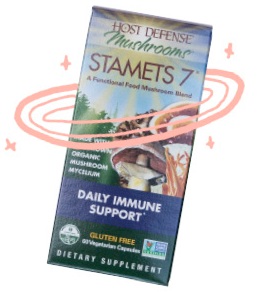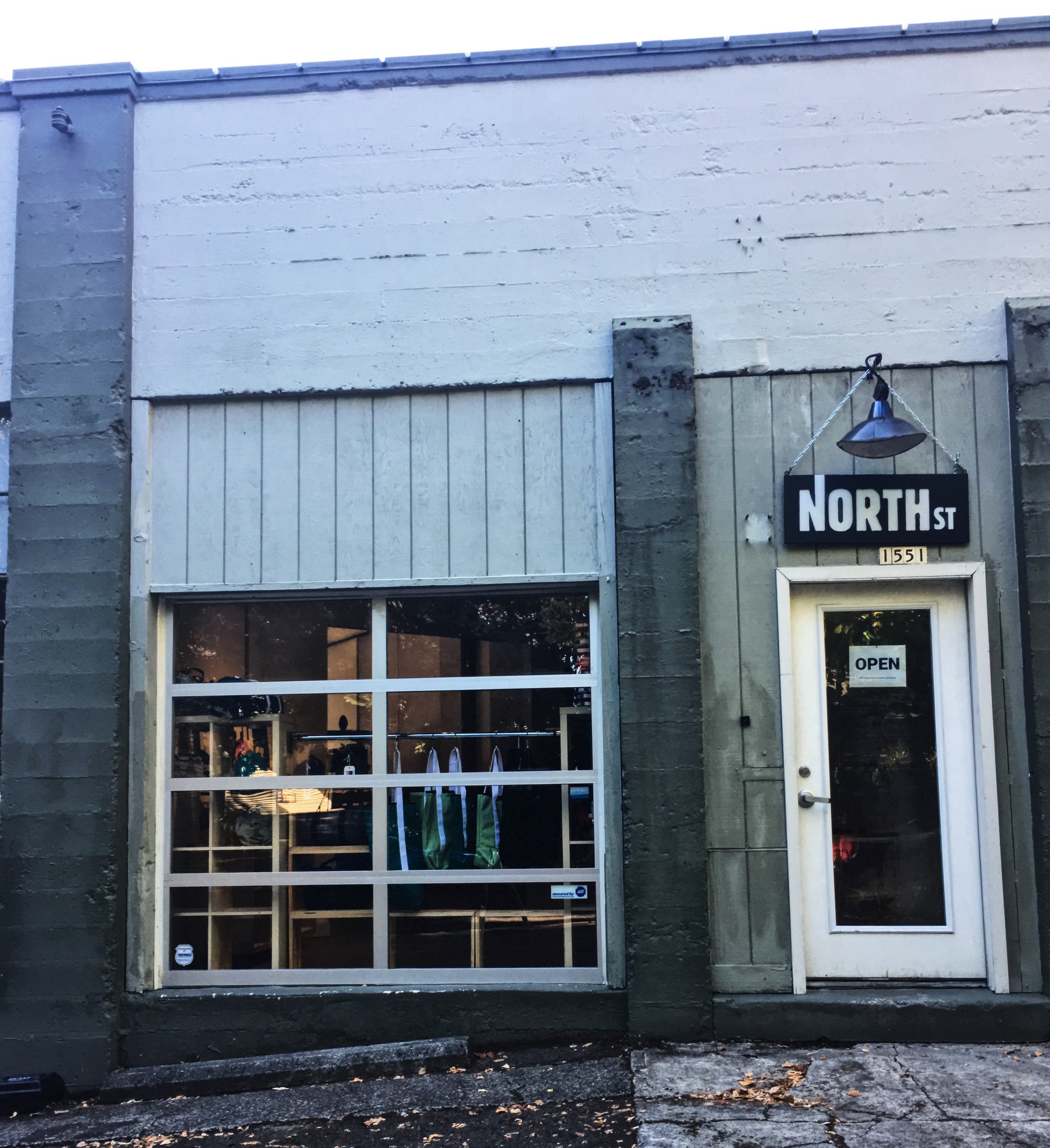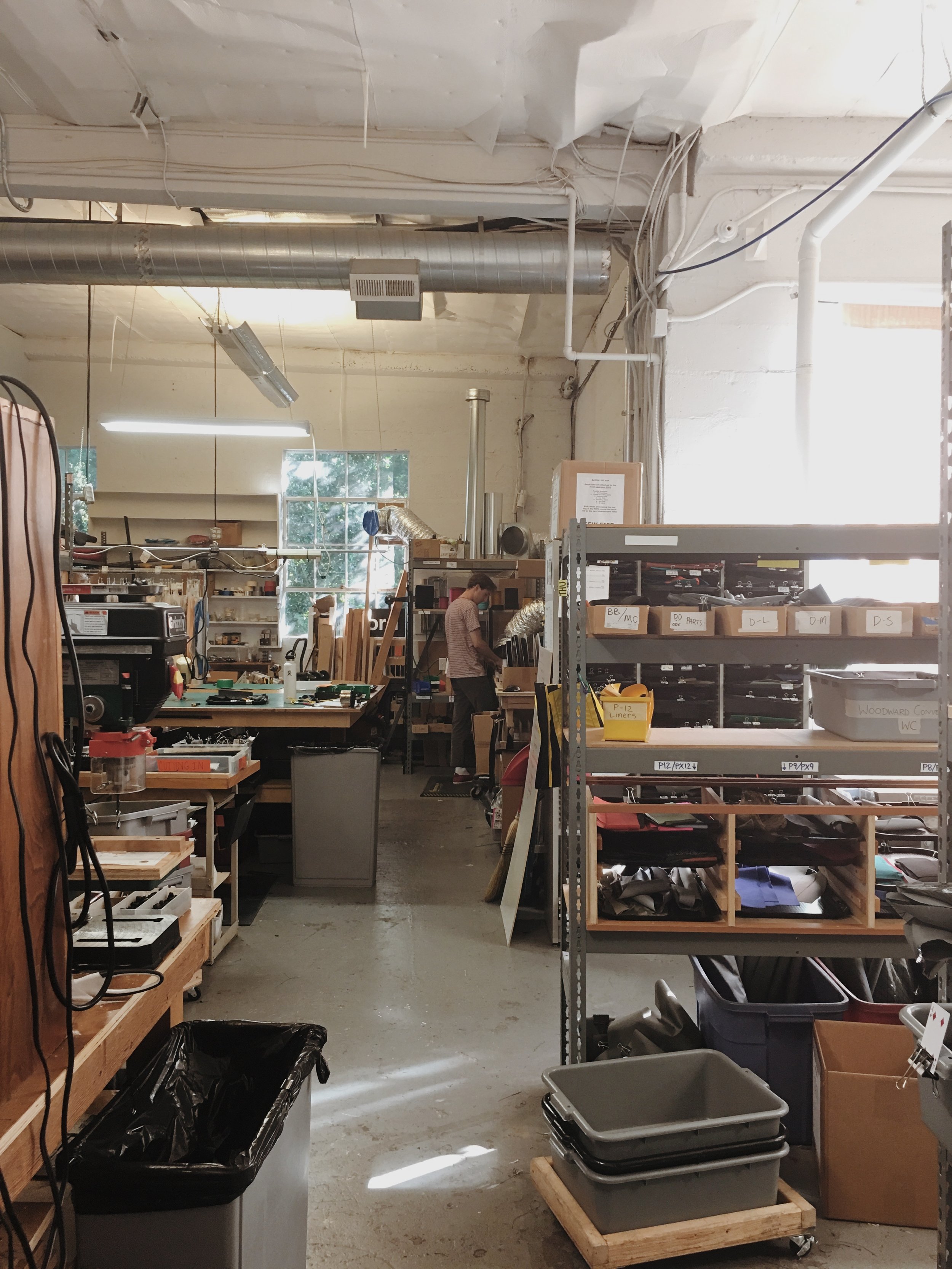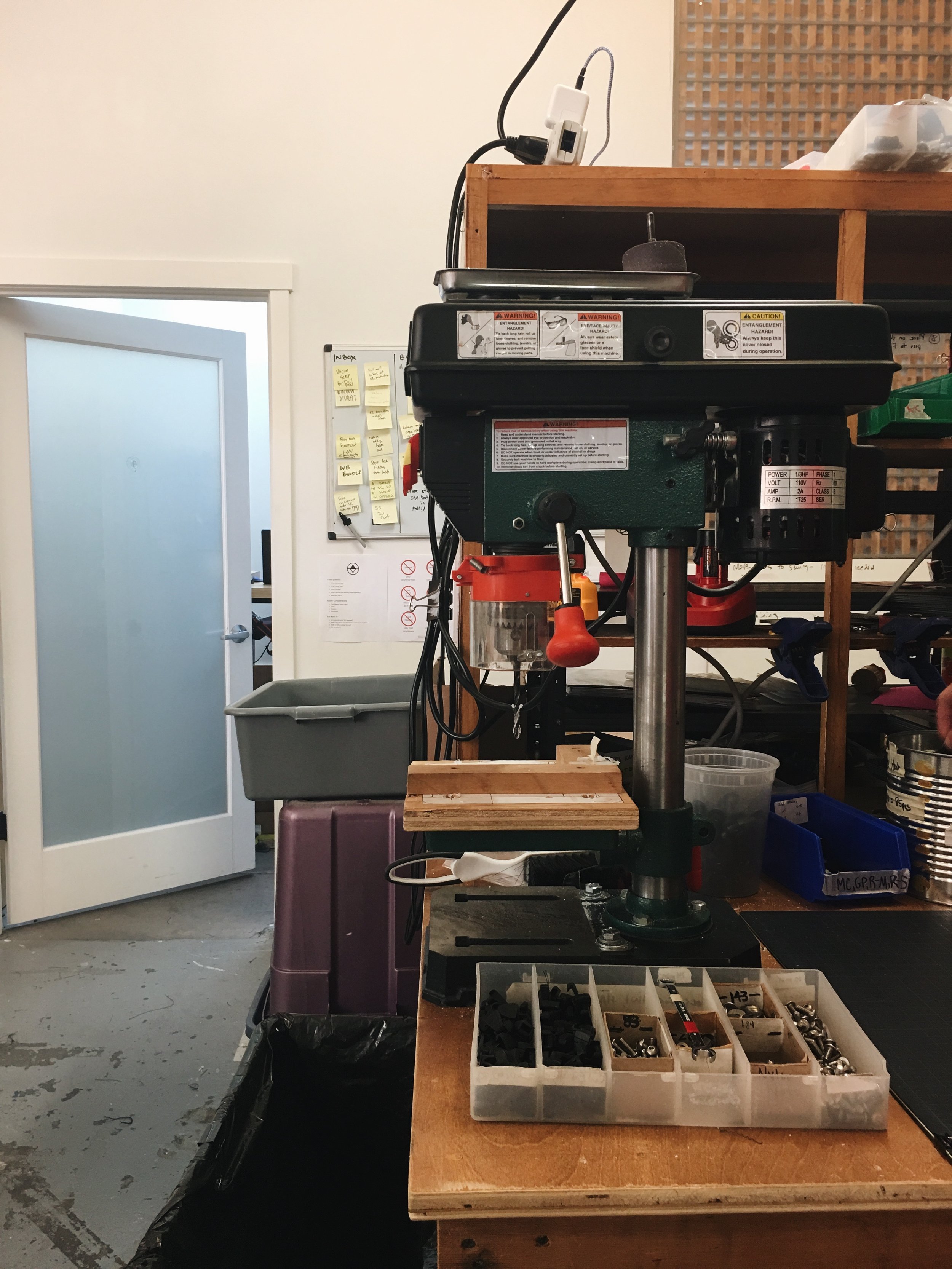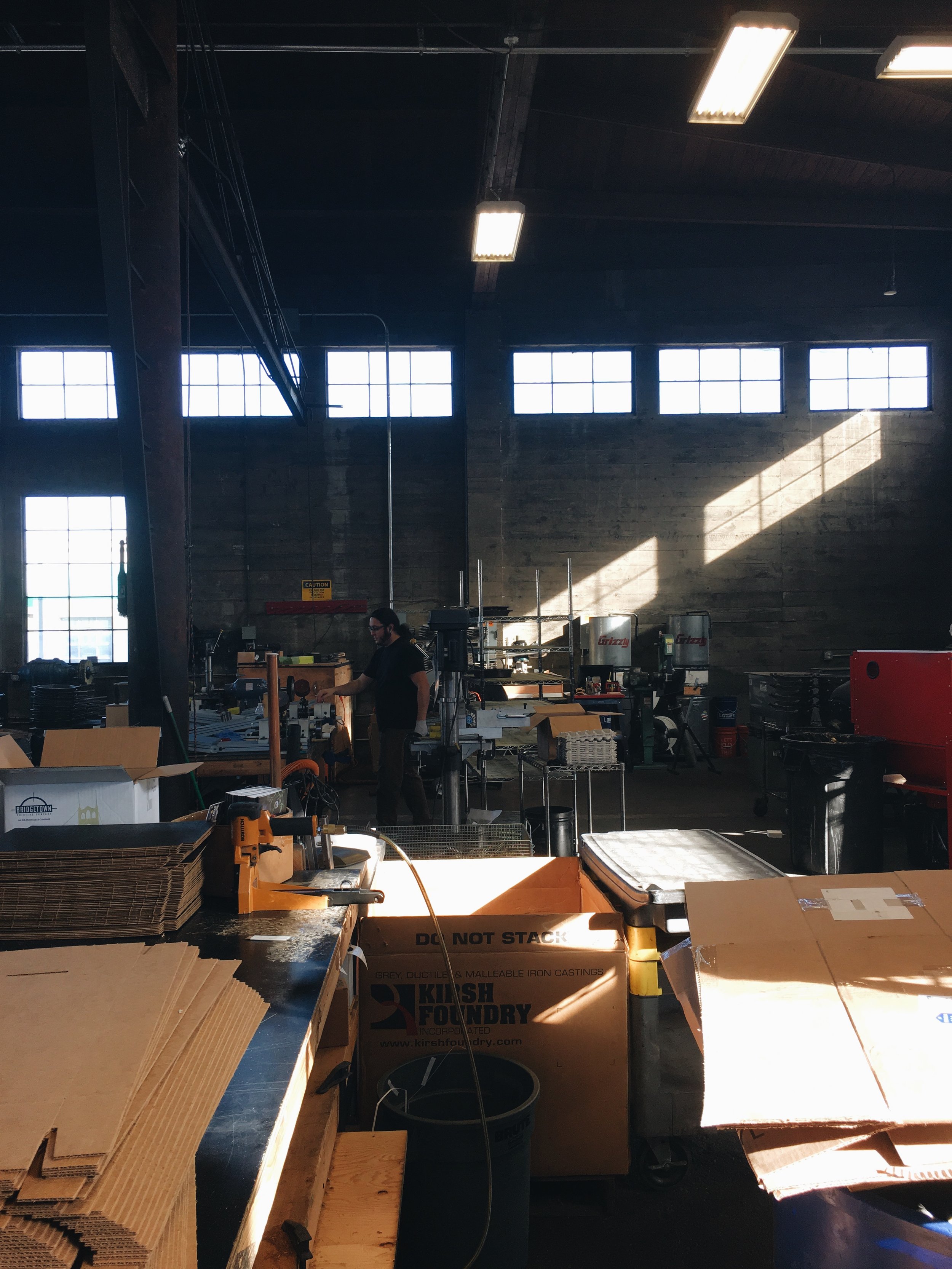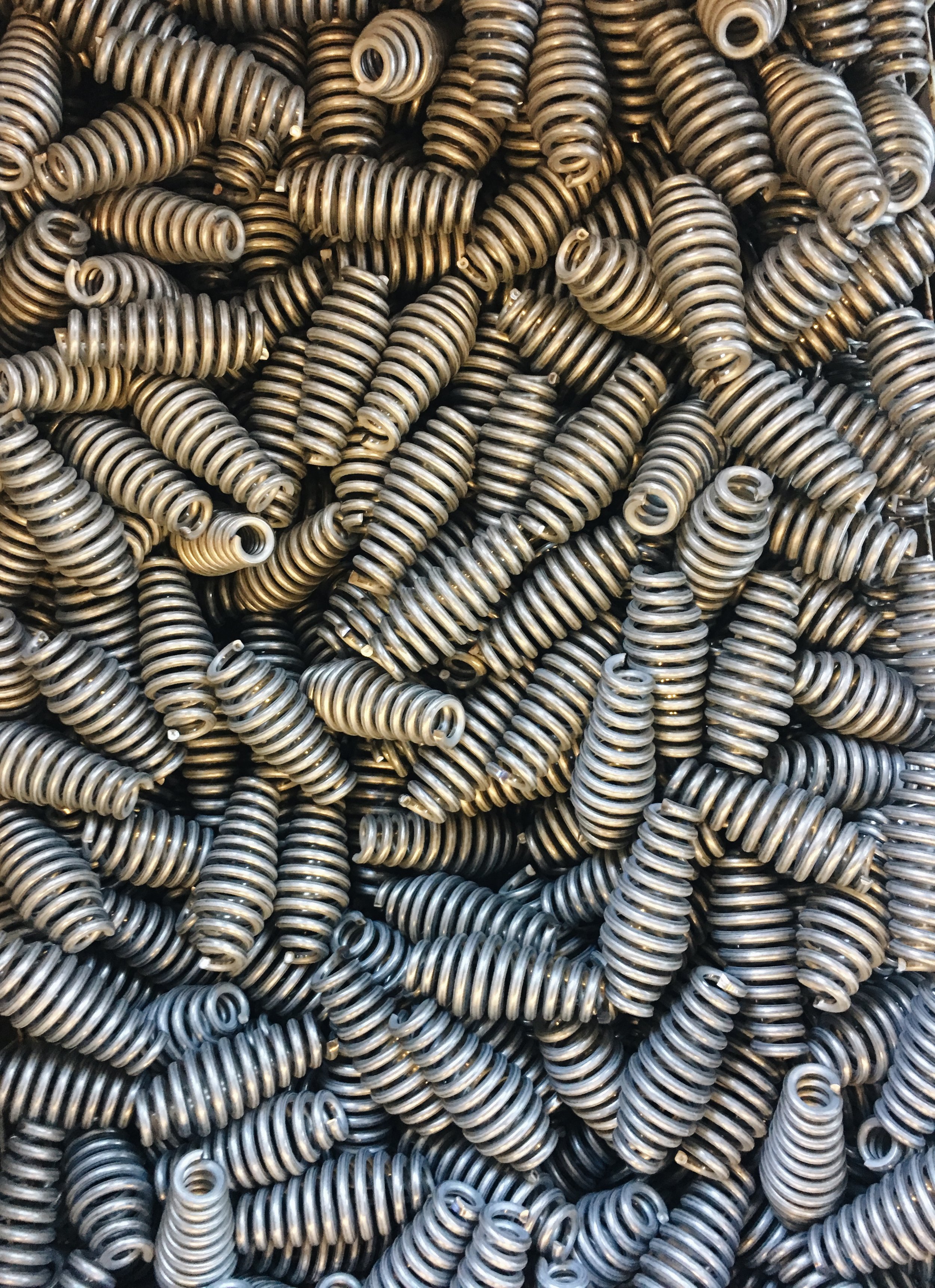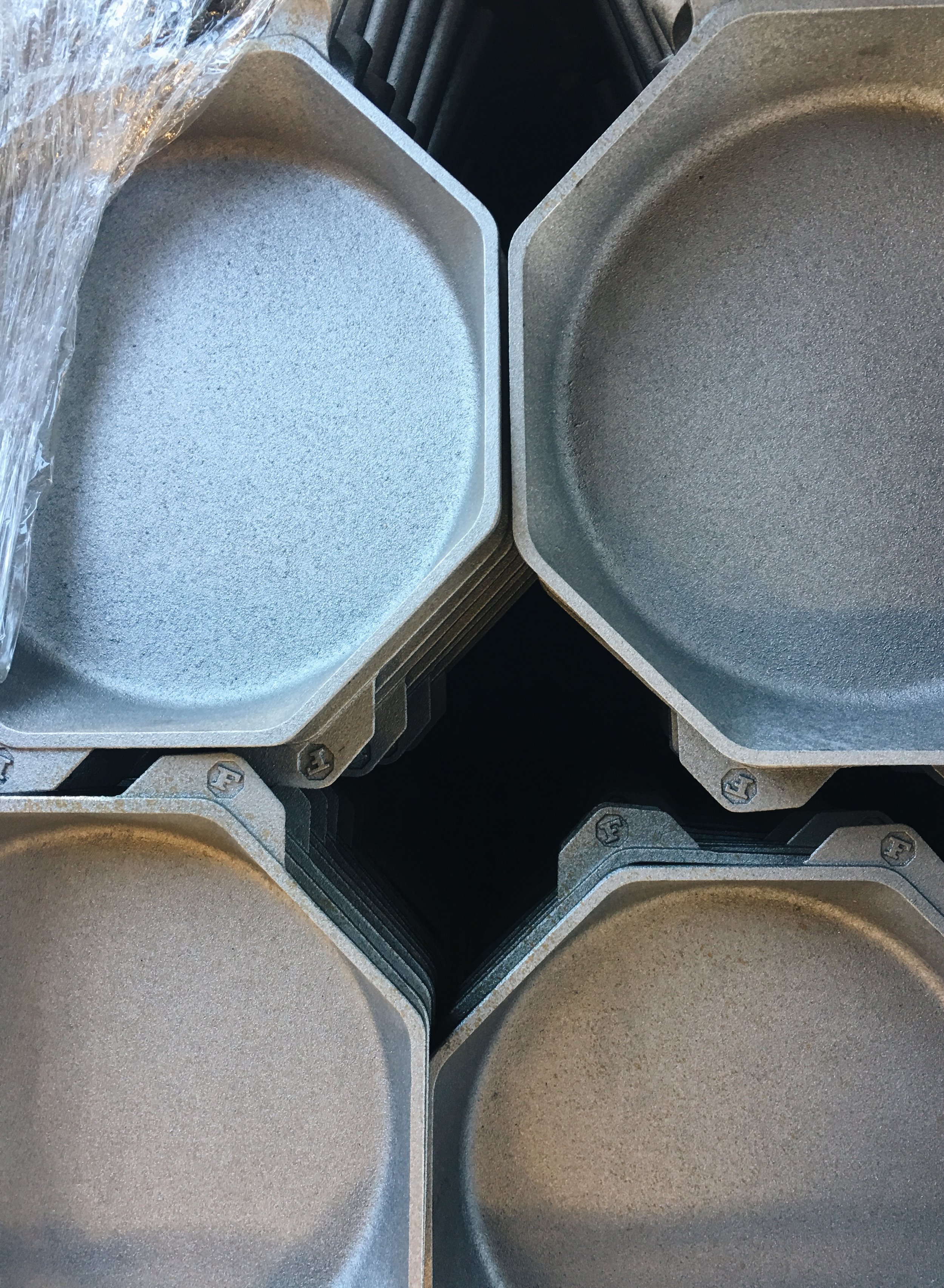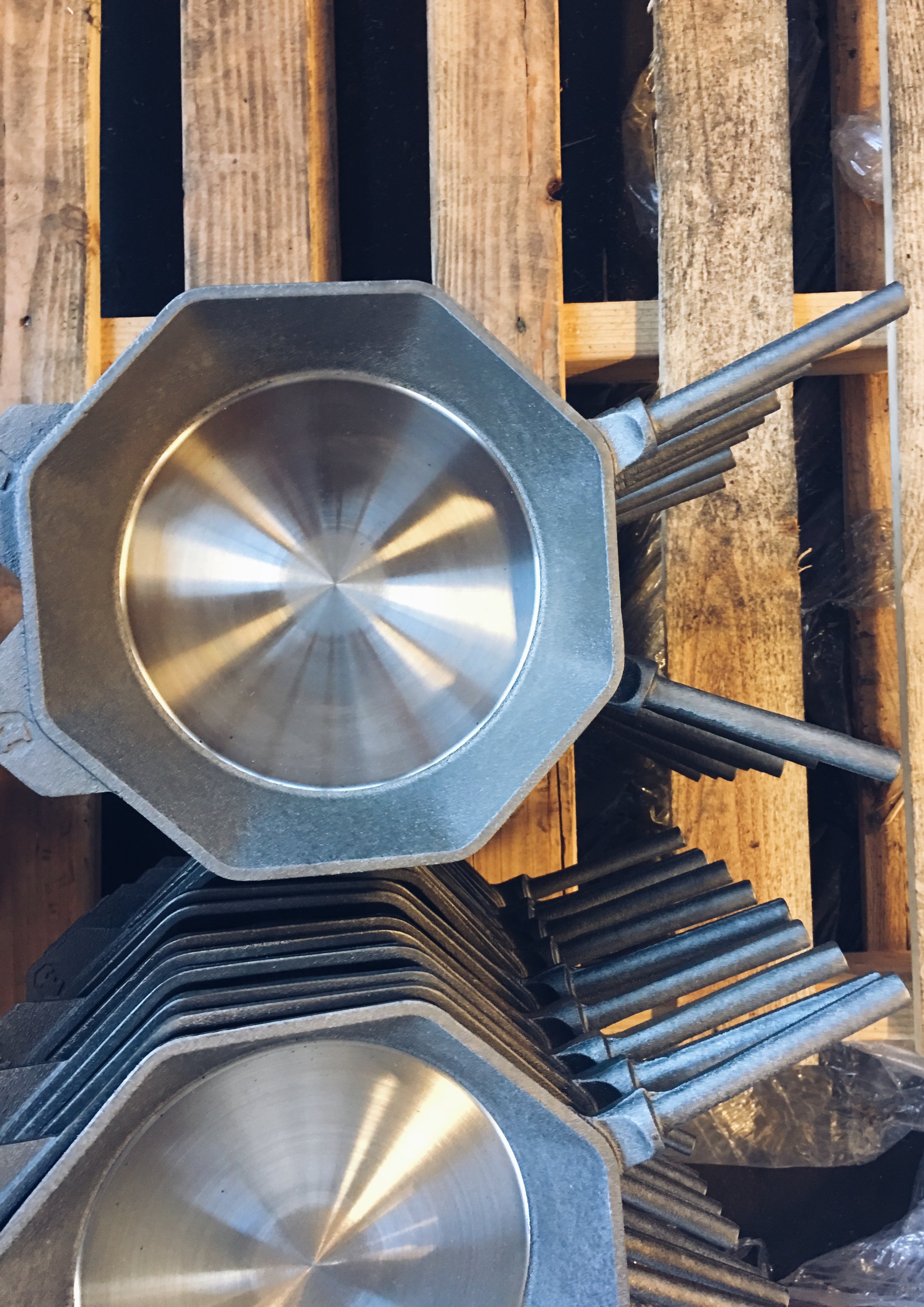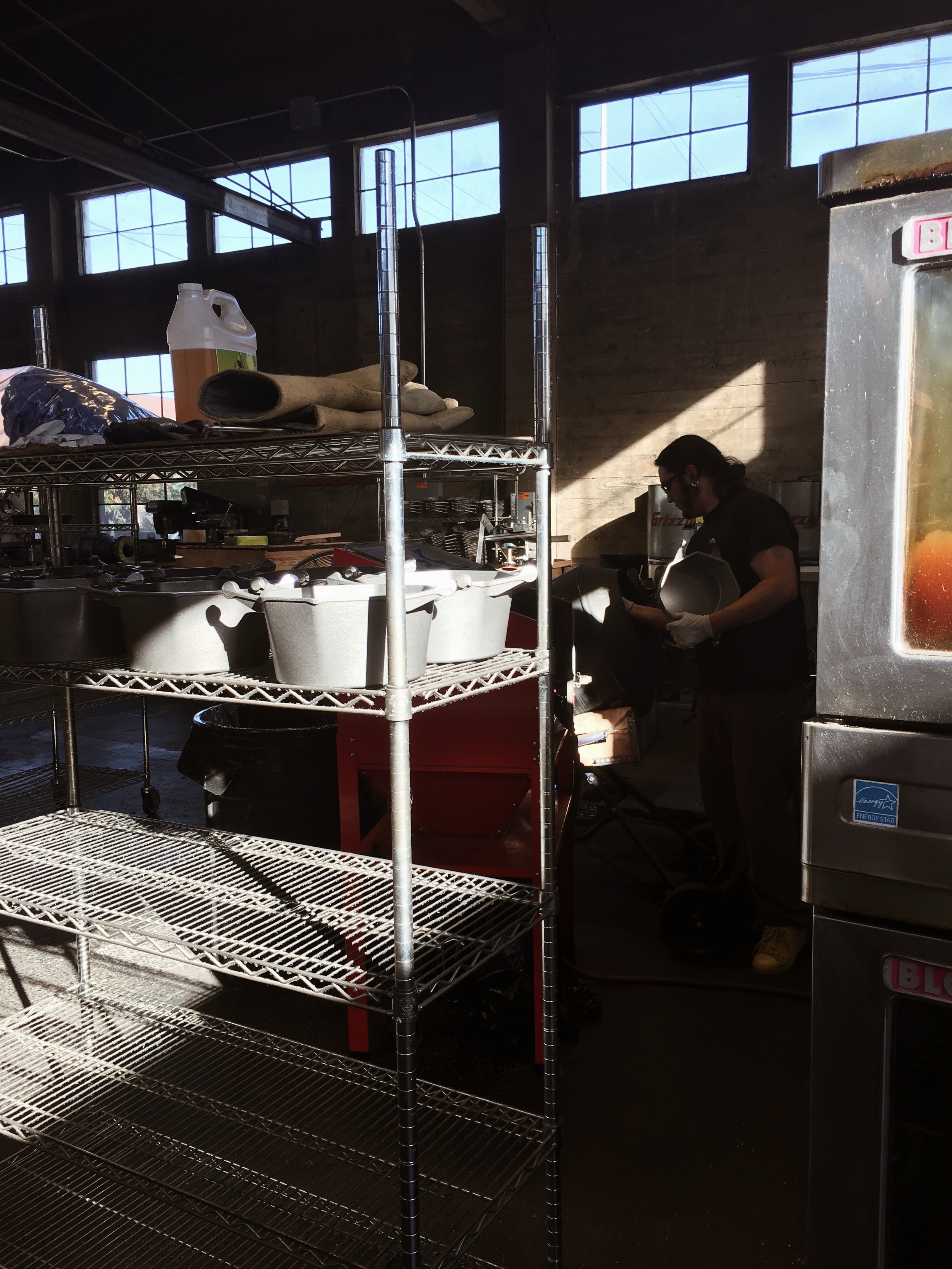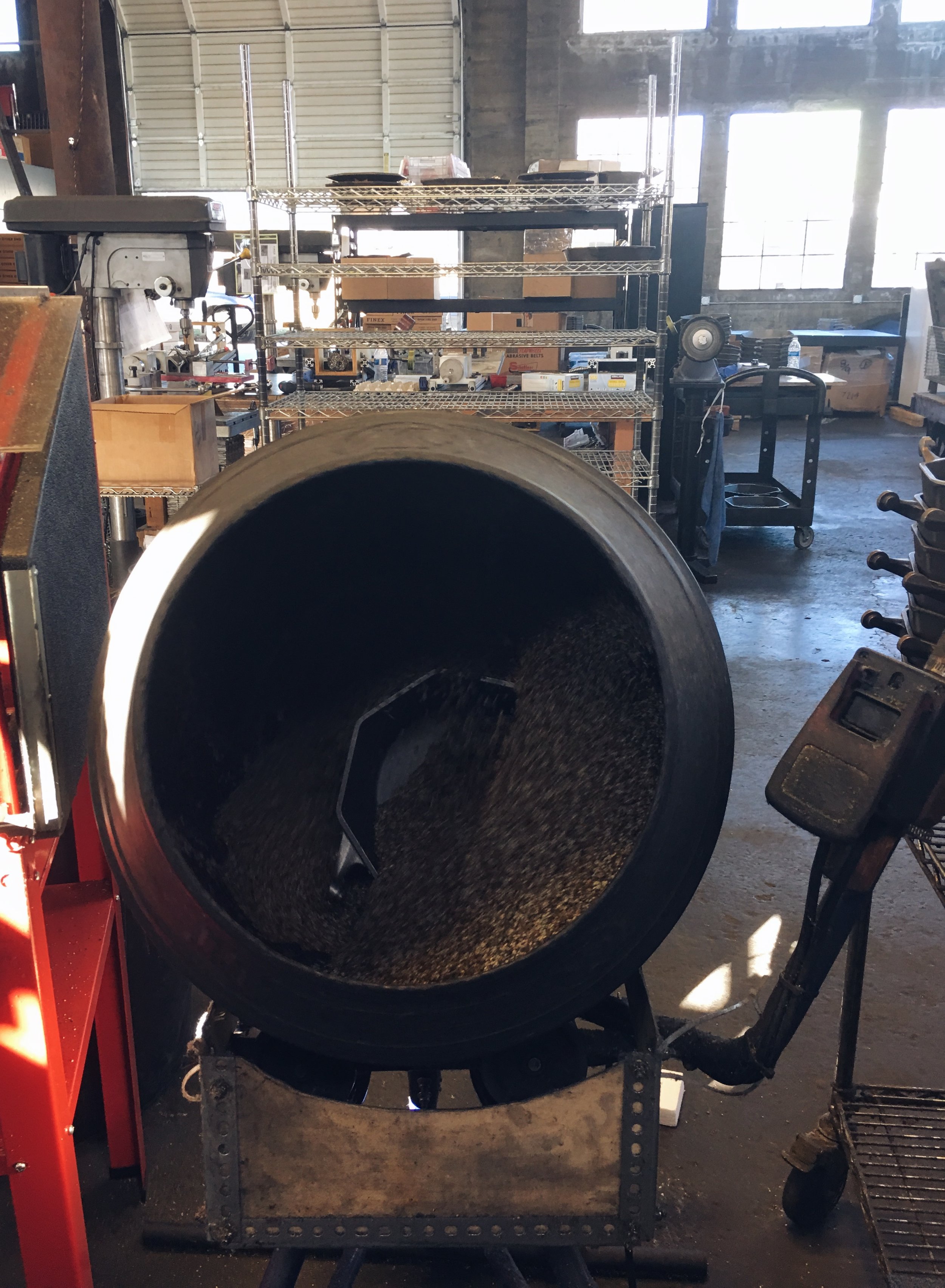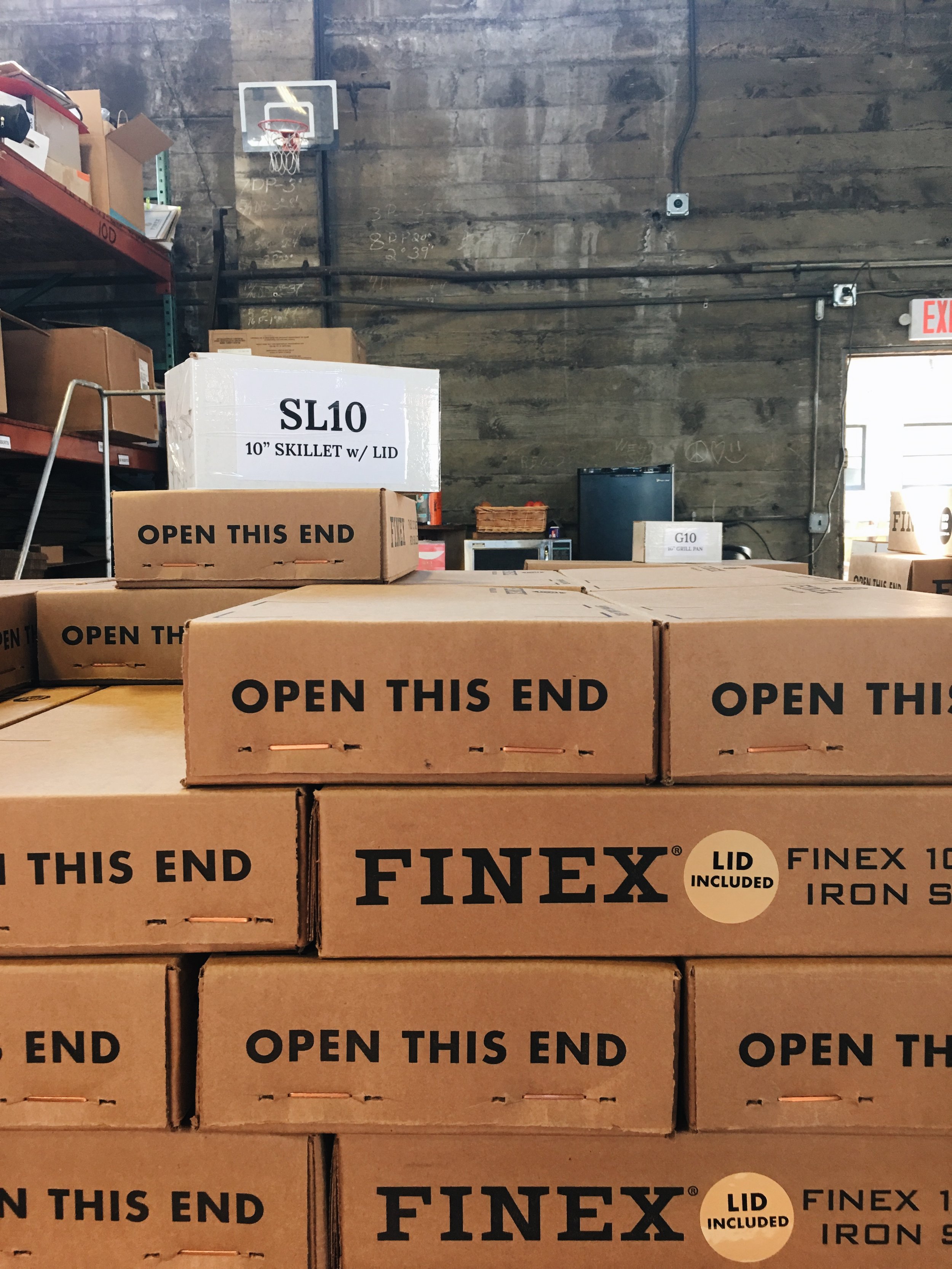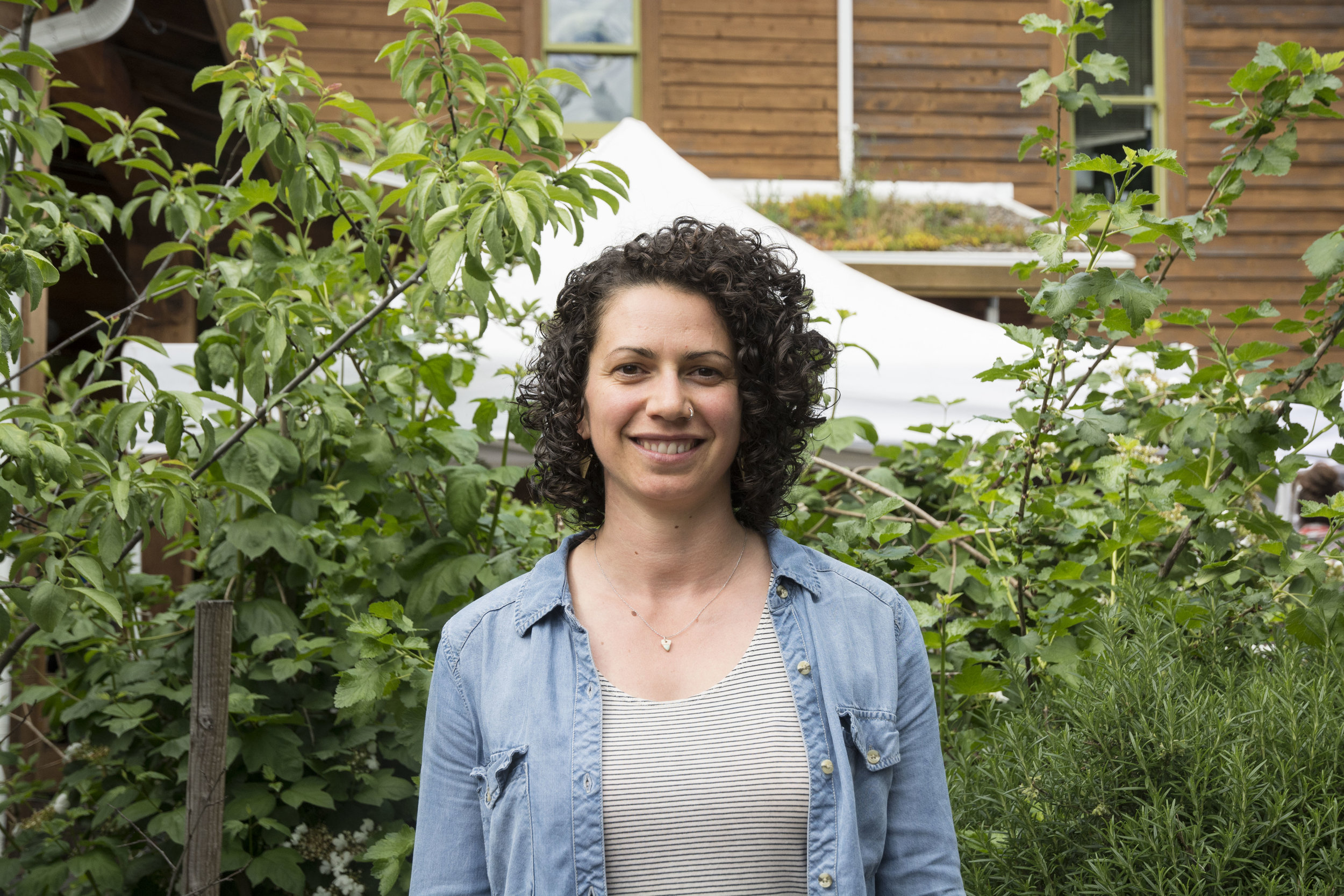Paul Stamets’ mushroom products help people and the planet live long and prosper.
By Paul Conrad, Member-Owner
Since Captain Kirk and Mr. Spock first boldly went in the 1960’s, the many iterations of Star Trek have been part of popular culture. Countless viewers mentally time traveled to a future where humanity thrives and spreads to the stars. The current Star Trek Discovery has its own unique time-travel twist. One of the lead characters, astromycologist Lieutenant Commander Paul Stamets, is the 23rd-century version of a genuine 21st-century namesake, the legendary mycologist Paul Stamets. The contemporary Paul Stamets is the founder and president of Fungi Perfecti, makers of the Host Defense line of mushroom-based nutritional supplements sold here at People’s Food Co-op.
23rd-century Lt. Stamets harnesses fungal power to create a “spore drive” that can instantaneously transport the Discovery across vast reaches of space. 21st-century Paul Stamets is the author of half a dozen books on mushroom cultivation, mushroom identification and the use of fungi to improve human and planetary health. He is also the holder of a dozen fungal-related patents. Stamets is dedicated to utilizing the power of mushroom-bearing fungi to help reverse the damage humankind has wreaked on our ecosystem so we can survive until the 23rd century. Host Defense is part of that effort.
The mushrooms we are familiar with are the visible parts of larger organisms. They are “fruiting bodies,” the reproductive organs of subterranean fungal beings comprised of mycelium – cobweb-like networks of cells that extend beneath the surface, exchanging nutrients and engaging in symbiotic relationships with the myriad plants, bacteria and other beings that make up living soils.
Found in soils, and decomposing vegetal matter from forest floors to compost piles, mycelium networks are ubiquitous upon the Earth. Stamets believes that mycelium networks embody a planetary intelligence.
““The mycelium is an exposed sentient membrane, aware and responsive to changes in its environment... A complex and resourceful structure for sharing information, mycelium can adapt and evolve through the ever-changing forces of nature... like a matrix, a biomolecular superhighway, the mycelium is in constant dialogue with its environment, reacting to and governing the flow of essential nutrients cycling through the food chain.... I see the mycelium as the Earth’s natural Internet.””
Stamets has made it his life’s mission to partner with fungal intelligence to create solutions to some of the existential environmental challenges we humans have created. He is the originator of the emerging field of mycorestoration, the applied use of fungi to repair and restore weakened and compromised ecosystems. This includes mycofiltration (using mycelial mats to remove pathogens and chemical pollutants from water), mycoremediation (using fungi to degrade or remove toxins from contaminated soils), and mycopesticides (using fungi to both attract and kill insect pests including termites, carpenter ants, and disease vectors like mosquitos and flies).
The Host Defense line of supplements is all about the protection and restoration of our internal ecosystems. Since our hunter-gatherer days, humans have known about the beneficial properties of particular mushrooms and contemporary scientific research bears traditional wisdom out. Paul Stamets and Host Defense take things to the next step by incorporating the rest of the fungal organism, the mycelium network, to create fungi-based nutritional formulas that:
support stress and fatigue reduction;
augment the body's immune system;
provide support for daily environmental assaults
deliver enzymes to support digestion and absorption of nutrients;
& provide polysaccharides to increase the activity & impact of natural killer cells and macrophages.*
Host Defense harnesses mycelium power by taking pure fungal strains, inoculating them onto an organic brown rice substrate, and growing them under strictly controlled conditions at their Washington State production facility. During the growing process, enzymes in the mycelium break down starches and sugars in the brown rice substrate, forming complex substances with their own complimentary immune-enhancing benefits. Once harvested, the mycelium, the digested brown rice substrate and, in some cases, the fruiting bodies and/or primordia are then processed for maximum effectiveness. The mushroom products in Host Defense capsules are carefully heated to release their active compounds, then freeze dried. The mycelium in Host Defense extracts and sprays go through a two-step alcohol and cold water extraction process. Those containing fruiting bodies receive an additional hot-water extraction.
People’s sells a selection of Host Defense mushroom capsules, extracts, and sprays. They include single-variety products such as Chaga Extract (for anti-oxidant support), Lion’s Mane Extract (which promotes mental clarity, focus and attention), Cordyceps Capsules (for enhanced energy and stamina) and Turkey Tail Capsules (for immune system support). We also offer several Host Defense multi-mushroom formulas (MyCommunity Extract, MycoShield Spray and Stamets 7 Functional Food Mushroom Blend) for enhanced immune system support.*
Host Defense mushroom products are certified organic. They use mushroom fruitbodies and mycelium that are sustainably cultivated, protecting wild species and their environments. A portion of proceeds from Host Defense sales are devoted to saving rare strains of mushrooms that dwell within old growth forests and supporting ongoing research initiatives, like the BeeFriendly Campaign to help preserve endangered pollinators. The processing, extractions, and formulations of Host Defense products are state of the art, drawing on Paul Stamets’ four decades of experience as a pioneering mycologist. Your purchase of Host Defense products helps Paul Stamets and Fungi Perfecti in their work to build a healthier world with the power of mushrooms.
To learn more about Paul Stamets and his pioneering work on the environmental and health benefits of mushrooms and fungal mycelium, check out his TED Talks on YouTube. To meet Lt. Commander Paul Stamets of Starship Discovery, go here.
*These statements have not been evaluated by the Food and Drug Administration. This product is not intended to diagnose, treat, cure or prevent any disease.







